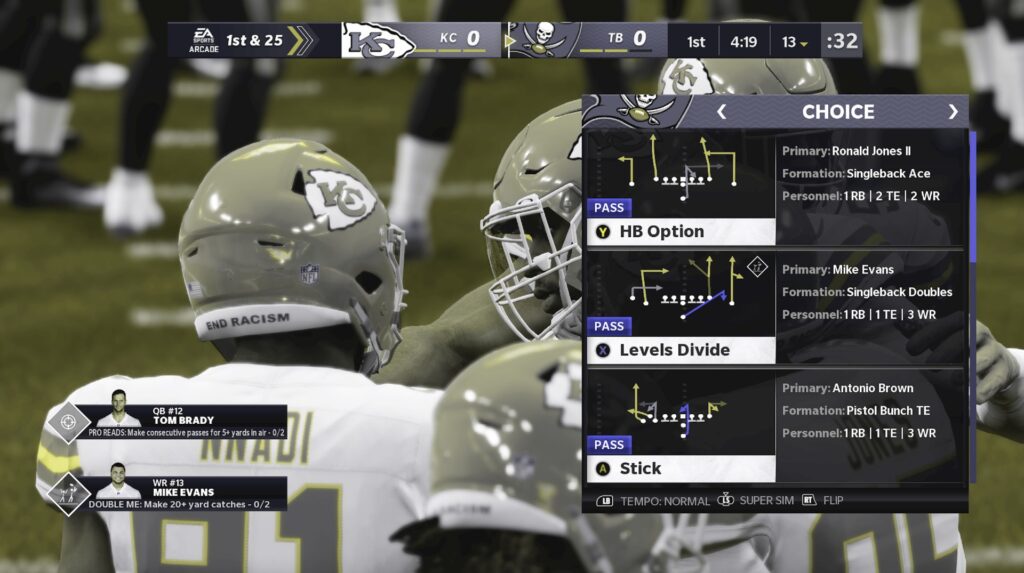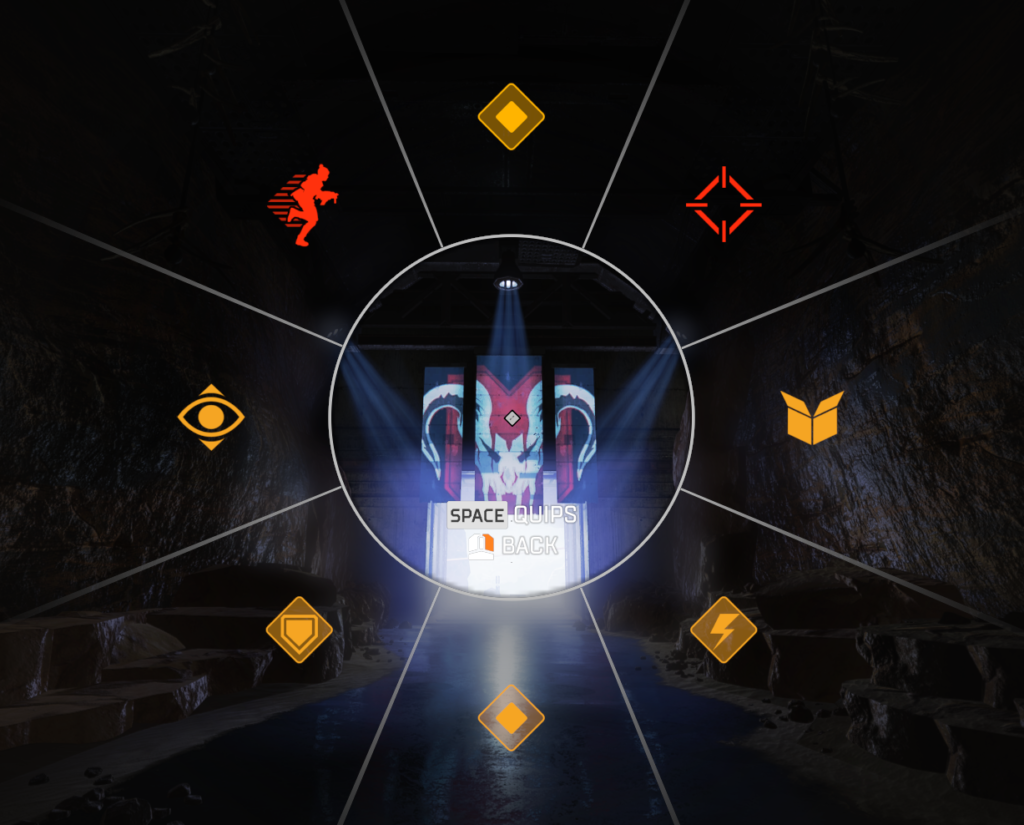This article was created in collaboration with Electronic Arts.

While diverse voices have always been in games, the growing popularity of gaming over the years has resulted in a more diverse audience for games than ever before. Making sure you’re representing these groups in your work, and removing the barriers around games can be difficult but important work, and that’s why EA has created the first-ever Inclusive Design Framework: a core set of filters designed to help EA studios develop more inclusive characters and stories across all of its games.
The framework has now become a core part of EA’s culture, and was used for the successful launch of the Mumbai Fashion Street Kit for the Sims. Through the Inclusion Design Framework, the team at EA worked with cultural consultants to keep the content respectful and authentic to Indian culture and heritage.
Instrumental to the creation of that framework was Tülay McNally, director of inclusive design and product development at Electronic Arts, who takes us through her work in this area.
What can you tell us about the work your team does, and why is it so important to remove barriers around games?
We believe that games have the power to transcend society. The characters we create and the stories we tell can positively impact the world around us. As director of inclusive design and product development, it’s my role to make sure that belief becomes a reality and to support the creation of inclusive, diverse and accessible play experiences for everyone. By involving diverse perspectives, amplifying the voices of all players, and ultimately helping to build muscle memory with game teams, we make sure everyone in our communities feels welcome.
You were an instrumental part of the creation of the first-ever Inclusive Design Framework – What can you tell us about that? What are the filters, and how do they help develop more inclusive characters and stories in EA’s games?
Inclusive Design is about designing for as diverse a range of people and abilities as possible. It is a philosophy that encourages us to consider how gender, age, sexuality, ethnicity, socio-economic background, culture and customs, body-shapes and sizes, religious beliefs and other characteristics shape the way we interact with the world. The work my team does challenges our developers to think about the experiences they build for players through these filters, every time. We then build our products and services in light of this understanding. It’s an ongoing process that is entirely built on reflection, dialogue and collaboration.

Why is it so important to improve the diversity of characters and stories in games, and why does EA want to be a leader in this area?
In 2021, we’re very proud to say our audiences are more diverse than ever. We believe the videogames industry has a responsibility to reflect the communities we serve in the games we create. It’s why we focus so heavily on inclusion and diversity; from our commitment to every developer that our accessibility-centred technology patents will be available for use royalty free, to the characters we include and promote in our games. We recognise that every action carries an impact in the wider community, and we’ll keep pushing ourselves to improve in this area for our players.
What kind of success have you seen with the framework so far?
The framework has had an incredible impact, and it’s been really exciting to see how the filters and processes we’ve established have started to come to life in the games coming out today. One of the things I’m most proud of is that it feels like we have created this movement, a developer community around the topic of inclusion, diversity and playability. We’ve found a lot of allies and passionate people around the company, creating a shared language, sharing best practices and engaging with the topic.
What can you tell us about the Mumbai Fashion Street Kit for the Sims, and how was the Inclusive Design Framework used here? What was done to ensure the content was respectful and authentic to India’s vibrant culture and heritage?
For Mumbai Fashion Street Kit the development team collaborated with fashion expert Shruti Sitara Singh to co-create a comprehensive and authentic wardrobe of pieces. Born, raised and currently based in Mumbai, Shruti Sitara Singh is an art-meets-fashion curator. She has also worked with the Fashion Design Council of India and led the launch of India’s first-ever digital fashion week. Her expertise and knowledge of Mumbai’s fashion scene made her a perfect fit for this project. Sometimes the work we do with teams is simply about connecting them with the right partners, and this was a great example of that!

providing players with various commands to communicate information to their team. This includes marking the location of an enemy (top right), or an area to attack (bottom right), defend (bottom left) or keep an eye on (middle left)
EA’s Inclusive Design approach covers a wide area – taking into account gender, age, sexuality, ethnicity, socio-economic background, culture & customs, body shapes and sizes, religious beliefs and more. How do you successfully build accessible products for such diverse groups, each with their own different needs?
It can be easy for our industry to fall back on what has always been done, what we think we know and who we perceive our audience to be – unfortunately, that is often white, slim, young and male but we know that’s not the case. A study from the data platform Newzoo last year surveyed players across the US and the UK and found 45% of video game players are women, 30% have a disability, 33% are black, Hispanic or Asian, 13% identify as LGBTQ+. We need to have the courage and the patience as teams to challenge each other, consider gameplay through different eyes, and think about the impact of our games on our players, no matter who they are or how they identify. From my experience it all really starts with inclusive leadership.
How do you best ensure that players with disabilities aren’t excluded from your games?
We have a responsibility to meet the needs of our community and, importantly, that includes the needs of those with disabilities. It’s why earlier this year we announced the Patent Pledge.
The pledge includes five patents that make our most innovative accessibility-centred technology designed to help players with vision, speaking, hearing and cognitive disabilities, publicly available for all developers in the industry – royalty free. Our hope is that developers across the industry implement the technology offered in these patents to break down barriers in their own games for players living with disabilities or medical issues.
It builds on previous initiatives including the launch of the Electronic Arts accessibility portal where players can learn about the accessibility features in Electronic Arts’ games, raise issues and make suggestions for improvements. Electronic Arts also has long-standing partnerships with charities like SpecialEffect to help break down barriers in video games and the industry.

 MCV/DEVELOP News, events, research and jobs from the games industry
MCV/DEVELOP News, events, research and jobs from the games industry




